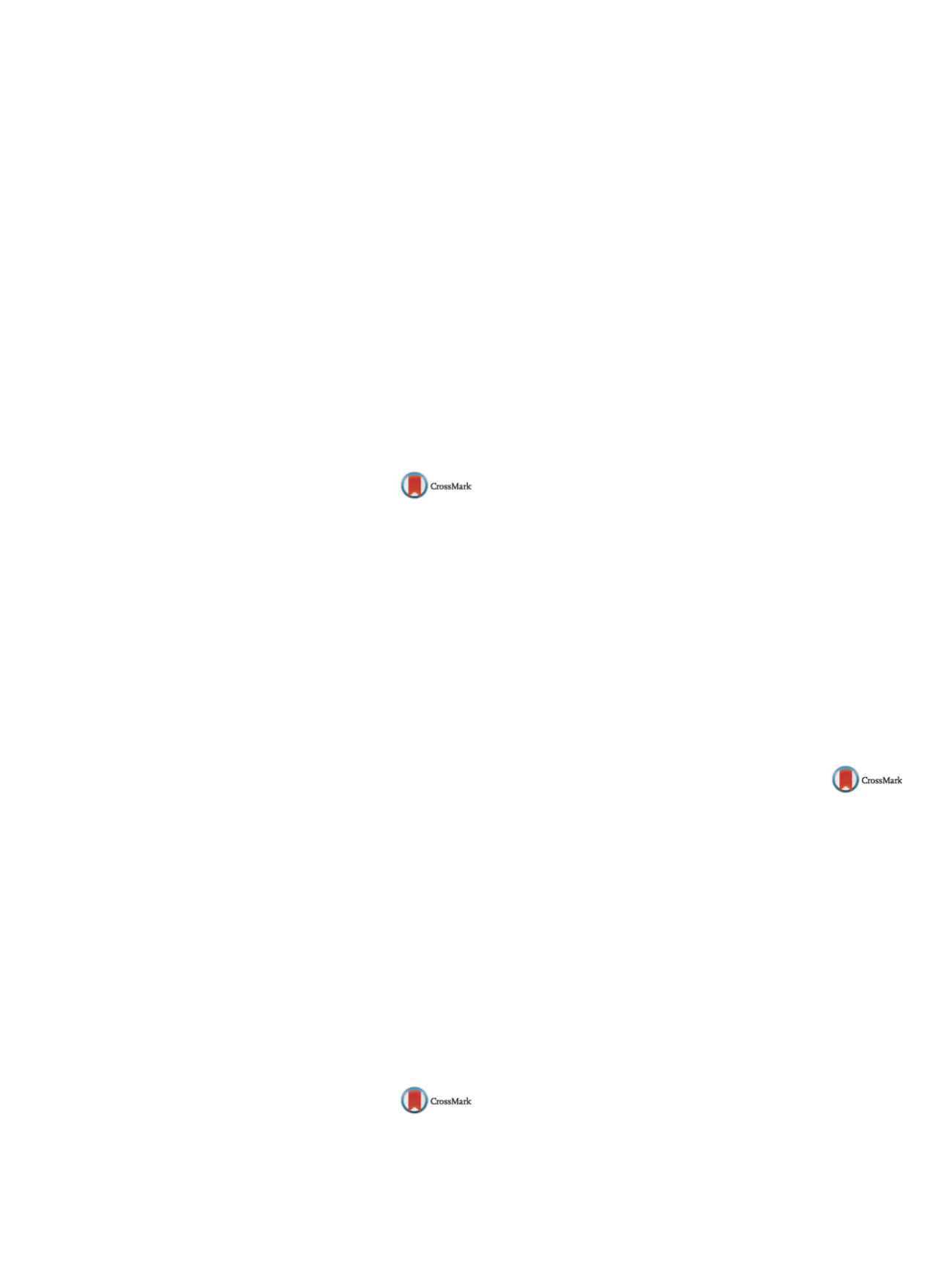

25th European Congress of Psychiatry / European Psychiatry 41S (2017) S710–S771
S729
Methods
The literature was accessed in order to investigate the
status of clinical early intervention services throughout the world.
In terms of Greece, a naturalistic research was added to the litera-
ture one, since there are not enough published data available.
Results
Hundreds of early intervention programs exist in Aus-
tralia, Europe, North America and Asia, designed to provide early
and sustained care with less prescription not only soon after psy-
chosis has been diagnosed but in a prodromal state as well, like
the outreach and support in South London (OASIS) team. In Greece,
four early intervention services have been established since 2007,
without funding, and they still operate in a volunteer basis. Fur-
thermore, the field about ultra-high risk subjects in Greece remains
neglected.
Conclusions
The specialized services play an important role in
the prevention and proper clinical management of the illness and
its outcome with a positive impact on the economy. Greece needs
to recognize the significance of this issue in order to enhance public
health and welfare.
Disclosure of interest
The authors have not supplied their decla-
ration of competing interest.
http://dx.doi.org/10.1016/j.eurpsy.2017.01.1329EV1000
CEVUP program: An analytical
epidemiological cohort study
P.F. Bazziconi
∗
, C. Lemey , L. Bleton , M. Walter
CHRU de Brest, Pôle de Psychiatrie, Brest, France
∗
Corresponding author.
Introduction
Over the past few years, several teams have built
programs to detect patient at clinical high-risk state for psy-
chosis and to develop interventions at an early stage of psychiatric
troubles. The aim of this study is to provide an overview of the
functioning and the results obtained by the specialized program
developed in Brest, France (CEVUP).
Methods
We retrospectively analyzed the medical records of
patients addressed to the CEVUP between June 2010 and April
2014. Datawere double collected by two different investigators and
we tested the inter-raters reliability. We included 49 help-seeking
patients, aged from 15 to 30 years old, addressed by psychiatrists
and general practitioners. The initial evaluation included a clini-
cal evaluation, CAARMS scale, Rorscharch test and neurocognitive
tests. Subjects were classified in two groups: not at risk for devel-
oping psychosis (NA) or at risk for developing psychosis (AR).
Results
The main results at initial evaluation showed that 16
(32.7%) patients were AR and 33 (67.3%) NA. Among AR patients,
8 (24%) developed psychosis in two years against 2 (12.5%) for NA
patients. These patients have psychiatric comorbidities, essentially
depression or anxiety. Secondarily, there are more disturbances of
psychomotor and affective development in subjects AR: 14 (41.1%)
against 7 (20.5%) in group NA.
Conclusion
The present study describes the procedures and the
main results established by a specialized program for patient at
high risk to develop psychosis. The characteristics of the sample
remain consistent with descriptions of such populations world-
wide.
Disclosure of interest
The authors have not supplied their decla-
ration of competing interest.
http://dx.doi.org/10.1016/j.eurpsy.2017.01.1330EV1001
Relationship between values of the
health care and cognitive beliefs
about body, illness and treatment: Is
there “hypochondriac discourse” in
the society?
M. Kovyazina
1 ,∗
, E . Rasskazova
2 , A.Tkhostov
1 , N.Varako
11
Lomonosov Moscow State University, Department of Psychology,
Moscow, Russia
2
Lomonosov Moscow State University and Mental Health Research
Center laboratory of Medical Psychology, Department of Psychology,
Moscow, Russia
∗
Corresponding author.
Introduction
Social values of health and health care are consid-
ered as important factors of health behavior as well as sources
of self-regulation in health and illness. However, emphasize on
medicine, health and body that is widespread inmass media nowa-
days may increase hypochondriac-like beliefs and behavior as well
as the risk for unexplained somatic symptoms in some individuals.
Objectives
Analysis of mass media revealed four models of health
care value: health as a depletable resource requiring conservation,
health as fragile value requiring protection and control, health as
a necessary source of success and happiness, health as requiring
periodic restoration by alternative medicine.
Aim was to investigate the relationship between these models and
beliefs about body, illness and treatment.
Methods
One hundred and thirteen adults without history of
mental or severe somatic illnesses filled checklist of values of
health care, Cognitive Attitudes about Body And Health Scale (Rief
et al., 1998), Compliance-related Self-Efficacy Scale (Tkhostov and
Rasskazova, 2012).
Results
The models of health as a depletable resource and as
fragile value are dominated in the sample. Agreement with these
models of health care is, on the one hand, related to willingness to
seek medical help and follow treatment, but, on the other hand, to
an excessive attention to bodily sensations, somatosensory ampli-
fication, monitoring and catastrophization about bodily sensations.
Conclusions
Possible pathways linking “hypochondriac dis-
course” in the society in its various forms and cognitive beliefs
typical for hypochondria and somatoform disorders will be dis-
cussed. Research supported by Russian Foundation for fundamental
research, project 17-06-00849.
Disclosure of interest
The authors have not supplied their decla-
ration of competing interest.
http://dx.doi.org/10.1016/j.eurpsy.2017.01.1331EV1002
Assessment the probability of
formation burnout syndrome among
health care workers
S. Kuzmina
∗
, K. Yakhin , Z. Berkheeva
Kazan State Medical University, Psychiatry, Kazan, Russia
∗
Corresponding author.
Aim
Study of psychosocial risk factors in the formation of
burnout syndrome.
Material and method
Based on a questionnaire developed by
WHOexperts for the Europeanmodel of “healthmanagement, envi-
ronment and security in the workplace”, conducted surveys 246
health care workers. Individual attention was paid to health, phys-
ical activity and nutrition.
Results
Survey conducted of the medical personnel showed high
prevalence among them psychophysical, social and psychological,
behavioral symptoms that allows to think of high probability of for-
mation of a syndrome of professional burning out. Part of medical
workers who have one complaint in each group of symptoms (psy-
chophysiological, sociological-psychological, behavioral) – 18,7%.
Part of HCW with two and more complaints in each group – 39%
( Table 1 ).Prevalence of psychophysiological, sociological and psy-
chological, behavioral symptoms among health care emergency
workers is different
( Table 2 ).

















